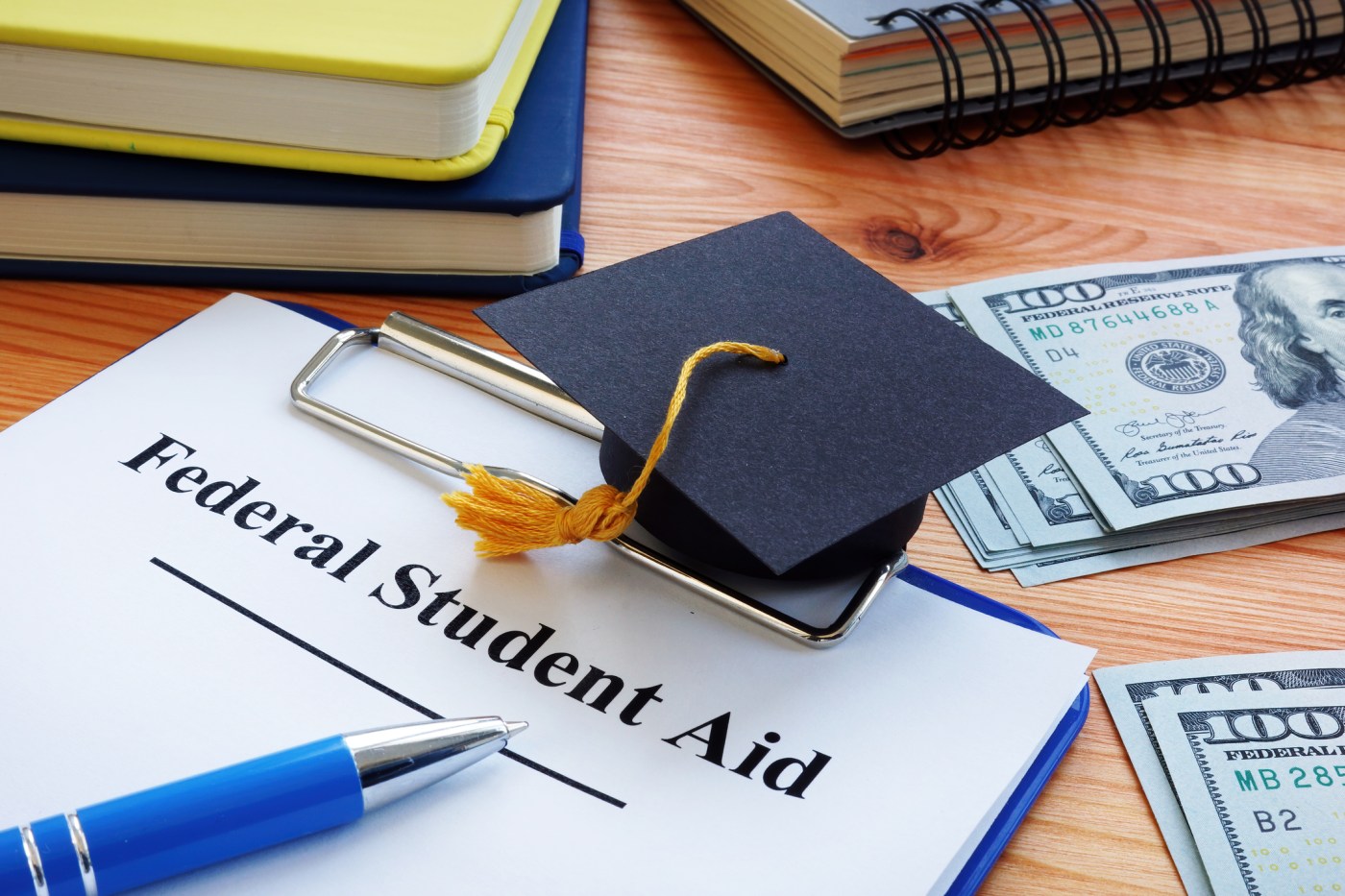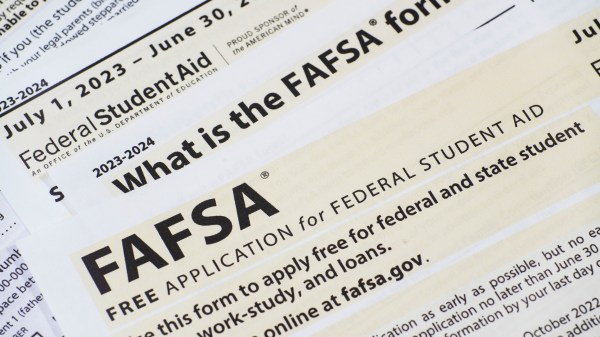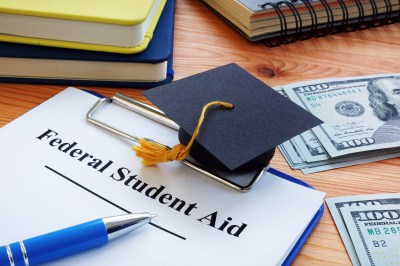Few people know what the FAFSA actually does, yet some states have gone so far as to make completing the form a high school graduation requirement, since it correlates with going to college. The official government line is that there are no income limits for student aid, but only about one-third of students qualify for the need-based aid FAFSA delivers.
So should you fill out the FAFSA?
First off, if you want to take out a federal student loan, you need to fill out the FAFSA. Only subsidized loans are need-based, but you have to fill it out either way. For subsidized loans, the government pays whatever interest accrues while students are still in school. As of July 1, 2023, undergraduates will be borrowing at 6.53 percent.
Second, and to the point in the main article about the FAFSA feeding a system of mind-bending complexity, school discounts are invariably labeled as either need-based or merit-based scholarships. As a matter of market function, colleges must offer these discounts in order to get students of a certain quality. But colleges are insistent that they need FAFSA data in order to offer need-based aid, so they are certain to ask for a FAFSA submission in order to provide need-based aid.
That said, some schools are discussing whether to even call discounts need-based any more, since students would rather be told they are smart than they are poor. And this is, after all, about filling the class with students of a certain quality. In short, you will be told to fill out the FAFSA, but there is also a decent chance that the school will offer the same discount even if you don’t. To figure out what sort of discount you might get, tools like TuitionFit can provide a market-based estimate.
For those uninterested in loans but still wondering if it’s worth filling out the FAFSA to access a Pell grant, here’s how it works: The system assesses household income and family size, and allows for the higher cost of living in Alaska and Hawaii, though not in Manhattan or Palo Alto. So a student in the lower 48 states with two siblings and a family income of $73,000 or less will get the maximum Pell grant of $7,395. If the same student’s household income were $105,000, she would receive the minimum Pell grant of $740. Above that, she gets nothing. It’s a sliding scale, and the average grant is about $5,000. Family size is a big factor, so a child with seven siblings—God bless them all—can get the full Pell grant with a family income as high as $98,000, and the grant tapers to nothing when her household’s income exceeds $154,000.
In general, a family with three kids earning $105,000 will not get a Pell grant, and the same family can safely assume they will not qualify for subsidized loans if they earn above $120,000. The full outline of how these results are calculated is available nowhere, but the Pell tables provide a good sense of how it’s done. The most complete picture of who gets what is in this analysis and review of how it worked in 2019. The system has, of course, changed since then—but not in a fundamental way. The fact that simple, recent answers are impossible to discern is good evidence of the need for simplification and reform.
It should be said that a few other, more niche forms of aid come through the FAFSA, most notably federal work-study jobs, which about 5 percent of students take, and Supplemental Educational Opportunity Grants which go to a small number of students with the highest need.






Please note that we at The Dispatch hold ourselves, our work, and our commenters to a higher standard than other places on the internet. We welcome comments that foster genuine debate or discussion—including comments critical of us or our work—but responses that include ad hominem attacks on fellow Dispatch members or are intended to stoke fear and anger may be moderated.
With your membership, you only have the ability to comment on The Morning Dispatch articles. Consider upgrading to join the conversation everywhere.